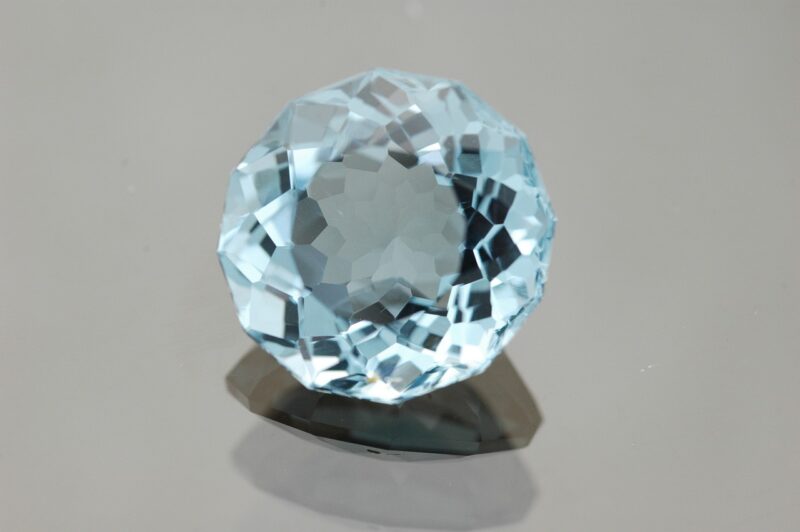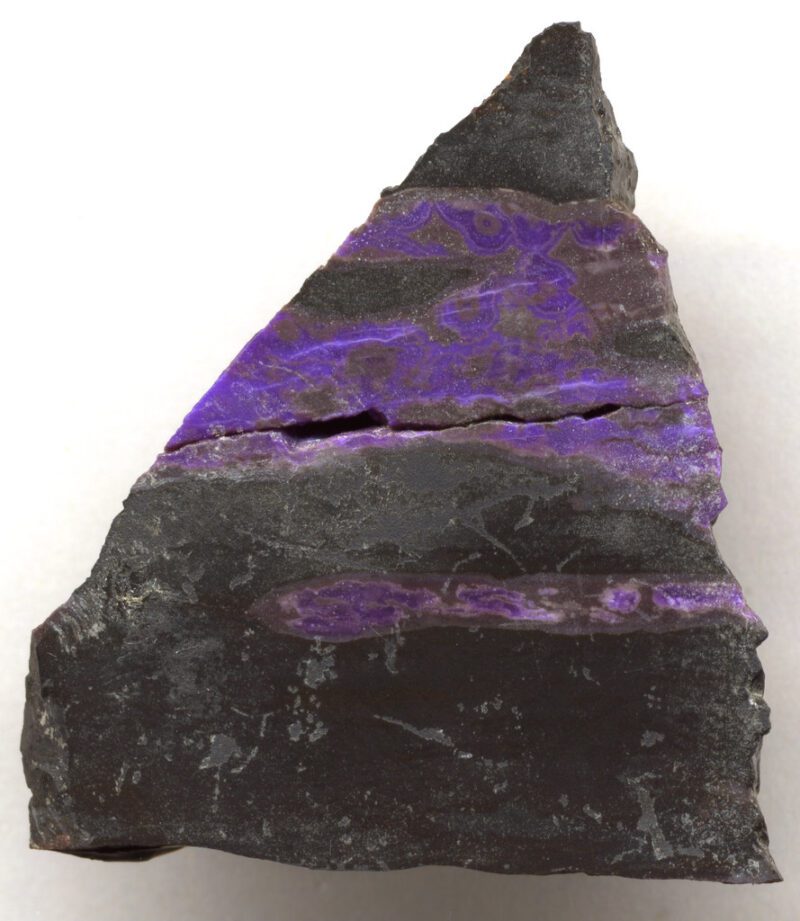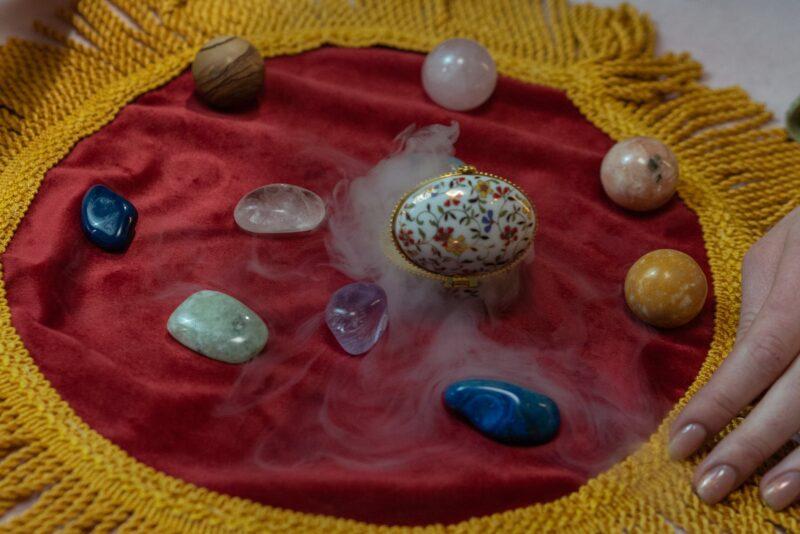Gemstones are valuable or semiprecious stones that are used to beautify the body in jewelry. They are crystalline rocks or crystals that are cut and polished for use in jewelry. They are precious due to their beauty, uniqueness, and durability, and they survive a long time and may be passed down as heirlooms.
The variety of gemstones available is astounding. Diamond, garnet, beryl, emerald, sapphire, quartz, amethyst, aquamarine, citrine, opal, peridot, ruby, spinel, tourmaline, topaz, and other gemstones are commonly used in jewelry. These are vibrantly colored and really appealing.
The inherent crystal structure and how it develops define the form of a gemstone. Gem cutters form them into various shapes in order to mount them in precious metals such as gold, silver, and so on. This adds shine to the cut and polished stone, making it incredibly beautiful and expensive. Gem cutters use a scientific method to cut a gemstone based on the original form of the gemstone and rely on the refractive index of each gemstone to understand how light rays bend as they pass through the stone.
Previously, the only way to identify gemstones was by their color, but today, other factors also come into play. Identification is based on the chemical formula, specific gravity, hardness, and refractive index. For instance, traces of chromium and vanadium give emeralds their distinctive green hue. The deeper the green hue of the emerald, the rarer and more valuable it is.
Gemstones are also regarded as birthstones, and this belief dates back to prehistoric times. Many people adhere to and passionately believe in the superstition of wearing the gemstone associated with their birthstone. They are adamant that not all gemstones are suited for every individual. Similarly to how all varieties of water are not sipped and all types of air are not inhaled, all sorts of gemstones are not regarded as excellent. The nine gemstones are thought to offer knowledge and power: ruby, pearl, emerald, yellow sapphire, coral, blue sapphire, diamond, cat’s eye, and hessonite.
Water is an important aspect in influencing the value of gemstones. The hue and transparency of a gemstone are referred to as water. The main factors that determine a gemstone’s value are its color, clarity, cut, and carat weight. These are known as the four Cs. Aside from that, the rarity of a gemstone is taken into account.
Gemstones are now set in various metals and sold as ornaments to adorn various areas of our bodies, such as wrist bracelets or bangles, neck necklaces or chokers, finger rings, and so on. There are timepieces for both men and women that are encrusted with jewels and cost an arm and a leg. When the appearance is visually pleasing and unusual, the expense is irrelevant.





